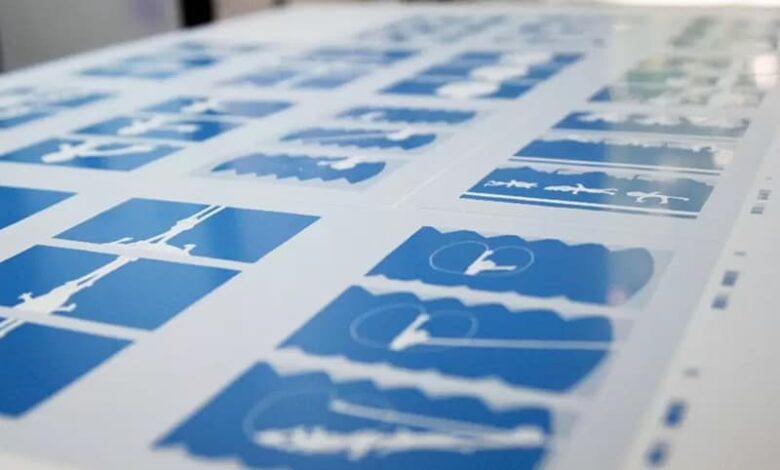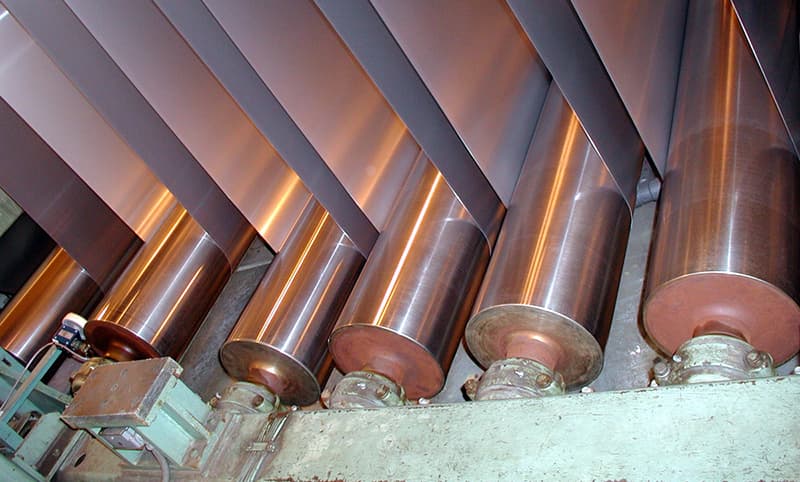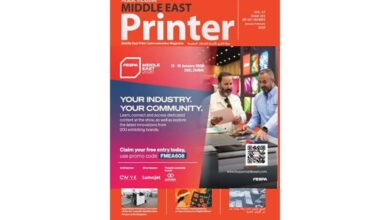A Look into 100 Years of Offset Printing Plates

Offset printing plates have a long history that spans over a century. The first rotary offset printing press was invented in 1875 by Robert Barclay, an American printer, who was trying to find a way to reduce the cost of printing banknotes. His invention was based on the principle of using a flat plate to transfer ink from an image carrier to a rubber blanket, and then to the paper.
The first offset printing presses were cumbersome and difficult to operate, and the quality of the printed images was poor. Over the next several decades, various improvements were made to the design of the press and the materials used for the plates. In 1903, Ira W. Rubel, a printer from New York, developed a press that used a rotating cylinder as the image carrier, rather than a flat plate. This design made it much easier to operate the press and produced higher-quality printed images.
During the early 20th century, the use of aluminum plates became popular. These plates were lightweight, durable, and easy to handle, and they could be used for both long and short print runs. In the 1960s, the use of photopolymer plates, which were made from a light-sensitive polymer material, became popular. These plates could be used for small runs.
In the late 20th century, digital imaging technology, such as computer-to-plate (CTP) systems, began to be used to create offset printing plates. These digital plates offered a high level of automation and could produce high-quality images with consistent results. Today, digital offset plates are the most commonly used type of plate in the printing industry, and they continue to evolve and improve with the latest technology.
Types of offset Printing plates
There are several types of offset plates, including:

- Aluminum plates: These are the most common type of offset plates and are lightweight, durable, and easy to handle. They are also cost-effective and can be used for both long and short print runs.
- Copper plates: These plates are more expensive than aluminum plates but have a higher resolution and can produce sharper images. They are also more resistant to wear and tear.
- Steel plates: Steel plates are similar to copper plates in terms of resolution and durability, but they are even more expensive. They are typically used for long print runs where high-quality images are required.
- Photopolymer plates: These are plates made from a light-sensitive polymer material. They are exposed to a film positive and then washed out with water, leaving only the image area. They are used for small runs and for variable data printing.
- Digital plates: These are plates created using digital imaging technology, such as computer-to-plate (CTP) systems. They offer a high level of automation and can produce high-quality images with consistent results.
![]()
Types of digital offset plates
There are several types of digital offset plates, including:
- Thermally-processed plates: These plates are imaged using a laser or other digital imaging technology and are then heated to a high temperature to activate the plate’s coating. This process can be done in-line with the press or off-line.
- Violet plates: These plates are imaged using a laser or other digital imaging technology and are then exposed to a violet light to activate the plate’s coating. The plate is then washed with water to remove the non-imaged areas.
- Electrophotographic plates: These plates are imaged using a laser or other digital imaging technology and are then developed using electrostatic charges and toner. This process is similar to that used in laser printers.
- Inkjet plates: These plates are imaged using an inkjet printing process. The plate is coated with a material that will accept inkjet inks and then the image is printed on the plate using inkjet nozzles.
- Direct-to-plate (DTP) plates: These plates are imaged directly onto the plate without the need for film positives. The plate is imaged using a laser or other digital imaging technology, and then it is ready for press. This type of plate is used to reproduce works of art.
All of these digital offset plate types offer a high level of automation and can produce high-quality images with consistent results. The choice of plate depends on the specific requirements of the job, such as print run length, image quality, and cost. There are also two sub categories within digital offset plates: chemistry-free offset plates and process-less offset plates.
Chemistry-free offset plates and process-less offset plates are both types of digital offset plates that are used in offset printing. The main difference between the two is the way they are processed.
Chemistry-free offset plates are plates that do not require the use of any chemical processing to prepare them for printing. Instead, they are imaged using a laser or other digital imaging technology and are ready to use immediately after imaging.
Process-less offset plates, on the other hand, are plates that are imaged using a laser or other digital imaging technology, but still require some kind of processing before they can be used for printing. This processing can include washing the plate, or using a special developer or fixer. The process is usually faster and simpler than traditional plate processing methods.
Both of these plates have advantages and disadvantages. Chemistry-free plates are generally easier and faster to process, but may not produce as high-quality images as process-less plates. Process-less plates may produce higher-quality images, but require a little more effort and time to prepare for printing.





